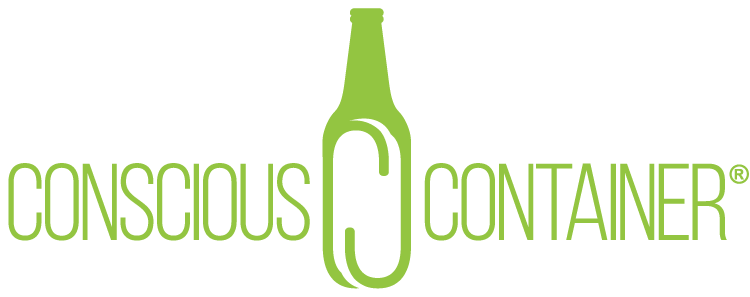Reusables in the Age of Coronavirus
On January 1, as we celebrated the start of 2020, few of us realized we were truly entering a new era. Today, many months after the pandemic began, the world as we knew it before Coronavirus has changed forever. Ideas that once seemed strange – like making your own hand sanitizer or wearing a mask to the bank – are part of our new normal.In some ways, our new normal is now more sustainable than ever, with people driving less and air pollution on the decline. In other ways, it feels like we’ve taken two steps back, reintroducing plastic bags into places where they’d been banned and switching from reusables to disposable products. So what’s next for recycling and reusables in the age of coronavirus?
Here’s what we know now:
Coronavirus is most transmissible through the air, not surfaces. Experts say the main source of coronavirus transmission is airborne, through respiratory droplets. According to the U.S. Food & Drug Administration, “there is no evidence of food or food packaging being associated with the transmission of COVID-19.”
Reusables are still safe. While many people and businesses have switched to single-use or disposables, reuse programs are different from bringing a mug to the local coffee shop. Reuse programs adhere to strict hygiene protocols that go above and beyond what most of us would do at home.So is recycling.Waste management and recycling programs are still operating while taking extra precautions for their workers. In fact, Loop, a returnable, refillable packaging program, doubled their sales at the start of the pandemic.
Recycling and reuse programs are adapting, just like the rest of us! In the age of corona, all of us are getting scrappy. Take e-scrap services, for example. Pre-pandemic, it was common to see electronic recycling programs take the form of large drop-off events. Now, these services are turning to mail-in collections with some companies seeing a nearly 200% jump in utilization.
While none of us knows exactly what’s next, it’s clear that recycling and reuse programs are evolving to meet the new challenges of coronavirus. Even better, the industry is creating new and innovative approaches that will help shape the future of sustainability long after the pandemic is over.

